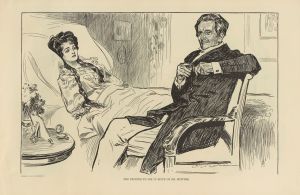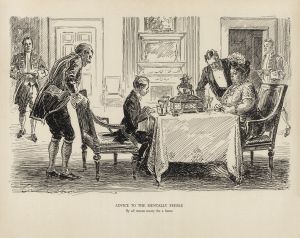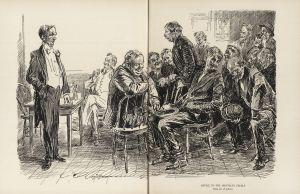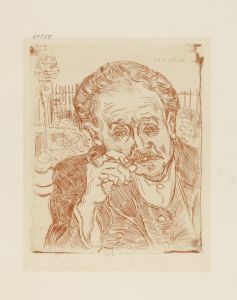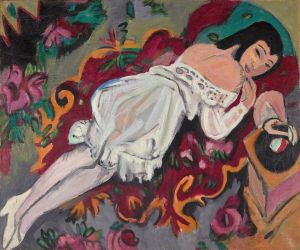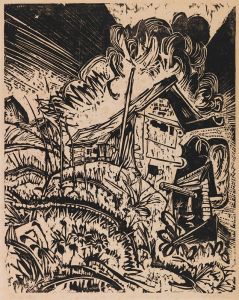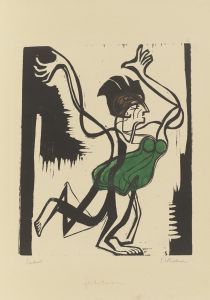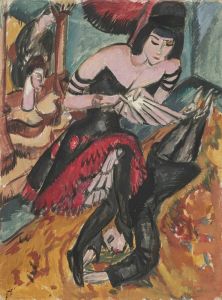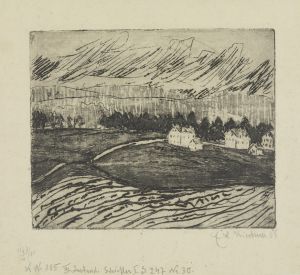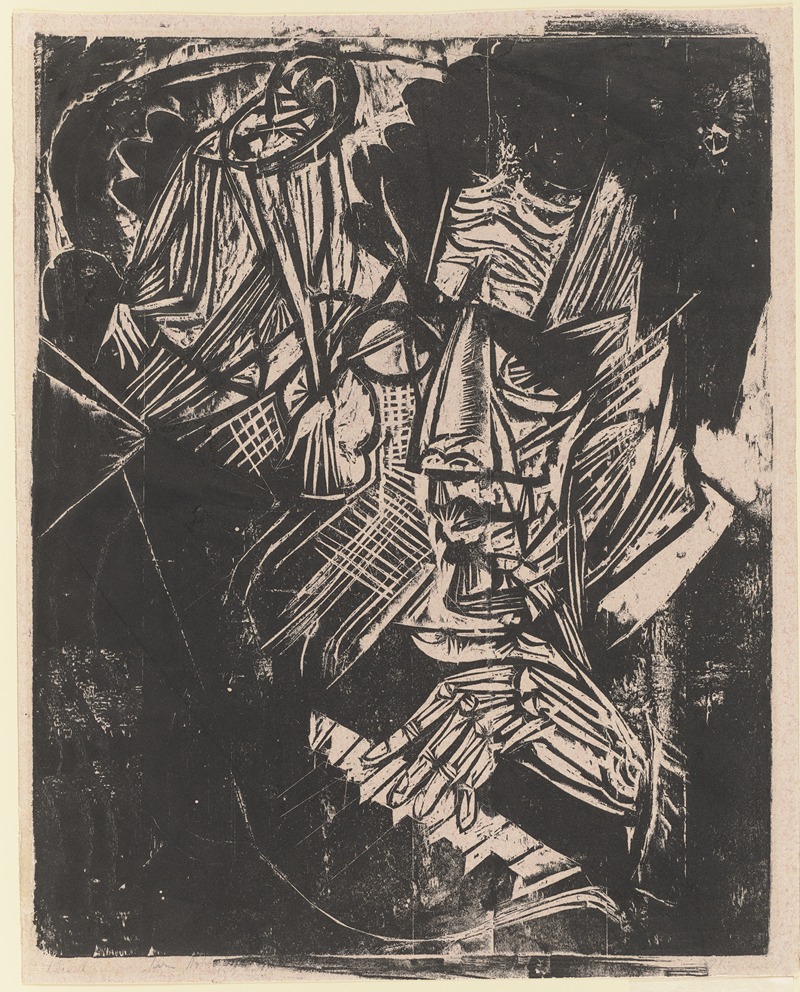
Komponist Otto Klemperer
A hand-painted replica of Ernst Ludwig Kirchner’s masterpiece Komponist Otto Klemperer, meticulously crafted by professional artists to capture the true essence of the original. Each piece is created with museum-quality canvas and rare mineral pigments, carefully painted by experienced artists with delicate brushstrokes and rich, layered colors to perfectly recreate the texture of the original artwork. Unlike machine-printed reproductions, this hand-painted version brings the painting to life, infused with the artist’s emotions and skill in every stroke. Whether for personal collection or home decoration, it instantly elevates the artistic atmosphere of any space.
Ernst Ludwig Kirchner, a prominent German expressionist painter and one of the founding members of the artist group Die Brücke, created the painting "Komponist Otto Klemperer" in 1912. This artwork is a portrait of Otto Klemperer, a renowned German conductor and composer known for his interpretations of classical and romantic music. Kirchner's work is characterized by its bold use of color, dynamic compositions, and expressive style, which are evident in this portrait.
The painting reflects Kirchner's distinctive approach to portraiture, capturing not only the physical likeness of Klemperer but also conveying a sense of his personality and the cultural atmosphere of the time. Kirchner's use of vibrant colors and energetic brushstrokes imbues the portrait with a sense of immediacy and emotional intensity, hallmarks of the expressionist movement. The portrait of Klemperer is notable for its psychological depth, as Kirchner sought to reveal the inner life of his subjects through his art.
During the early 20th century, Berlin was a hub of artistic innovation and cultural exchange, and both Kirchner and Klemperer were active participants in this vibrant scene. Kirchner's involvement with Die Brücke, which he co-founded in 1905, was instrumental in the development of expressionism as a major artistic movement. The group sought to break away from traditional academic art and embraced a more spontaneous, emotive style that emphasized the artist's subjective experience.
Otto Klemperer, on the other hand, was making significant strides in the world of music. He was known for his work with various opera houses and orchestras across Europe, and his career was marked by a commitment to both contemporary and classical repertoire. Klemperer's collaborations with composers such as Gustav Mahler and his interpretations of works by Beethoven and Brahms solidified his reputation as a leading conductor of his time.
The intersection of Kirchner's and Klemperer's careers in this portrait highlights the interconnectedness of the arts during this period. Both figures were influential in their respective fields, pushing the boundaries of artistic expression and contributing to the cultural dynamism of early 20th-century Europe. Kirchner's portrait of Klemperer serves as a testament to the spirit of innovation and collaboration that defined this era.
In terms of provenance, the painting's history reflects the tumultuous events of the 20th century. Like many artworks of the period, it may have been affected by the political and social upheavals that swept through Europe, including the rise of the Nazi regime and the subsequent impact on artists and their works. Kirchner himself faced persecution under the Nazis, who labeled his work as "degenerate art," leading to the removal of his paintings from German museums.
Despite these challenges, Kirchner's legacy endures, and his portrait of Otto Klemperer remains an important example of expressionist portraiture. The painting is a vivid reminder of the rich cultural exchanges that characterized the early 20th century and the enduring power of art to capture the complexities of human experience.






